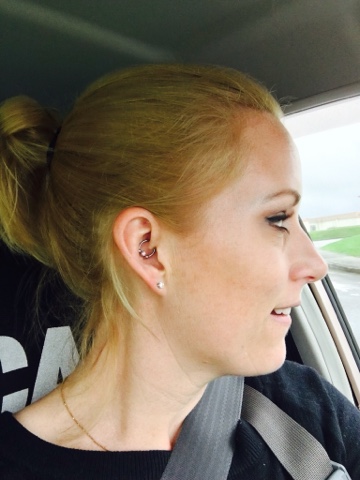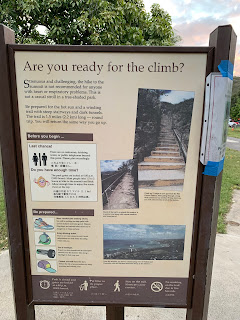Large Animal Research Station (LARS) at University of Alaska Fairbanks
9/6/10
After previously attempting to visit this wonderful site, and being notified that they were not having tours due to being understaffed, I came back today and was in luck, last day of the year, second to last tour of the day. Phew. I made it!
LARS has muskox, caribou, and reindeer that they monitor and research.
Some of the research they are doing:
-Using the stomach acid (?) of the muskox and the amazing power that it has to digest foods and get the most nutrients out of them. They have taken this product and tried to see if they could use it on cows to feed them food of lower nutritional value, but with this stomach acid making more nutritional value come out of it.
-Again using the stomach product of muskox and trying to do something with biofuel
-Researching the reproduction of all of the animals
-They also raised caribou and bottle fed them from babies so they would become a strong unit (and would respond to the caretakers). They are then going to introduce them to a large piece of fenced property in Canada to see if they can be put back into the wild, and theoretically they should gather around the handler by the end when it's time to come back
It's really a cool place, and it was definitely fascinating to be able to see all of these animals up close!
They use the Quiviut (ki-vee-ut) from the muskox and sell it (it is very valuable), with all of the proceeds returning to the animals, and to sustain their "habitat" at LARS.
After previously attempting to visit this wonderful site, and being notified that they were not having tours due to being understaffed, I came back today and was in luck, last day of the year, second to last tour of the day. Phew. I made it!
LARS has muskox, caribou, and reindeer that they monitor and research.
Some of the research they are doing:
-Using the stomach acid (?) of the muskox and the amazing power that it has to digest foods and get the most nutrients out of them. They have taken this product and tried to see if they could use it on cows to feed them food of lower nutritional value, but with this stomach acid making more nutritional value come out of it.
-Again using the stomach product of muskox and trying to do something with biofuel
-Researching the reproduction of all of the animals
-They also raised caribou and bottle fed them from babies so they would become a strong unit (and would respond to the caretakers). They are then going to introduce them to a large piece of fenced property in Canada to see if they can be put back into the wild, and theoretically they should gather around the handler by the end when it's time to come back
It's really a cool place, and it was definitely fascinating to be able to see all of these animals up close!
They use the Quiviut (ki-vee-ut) from the muskox and sell it (it is very valuable), with all of the proceeds returning to the animals, and to sustain their "habitat" at LARS.



Comments
Post a Comment